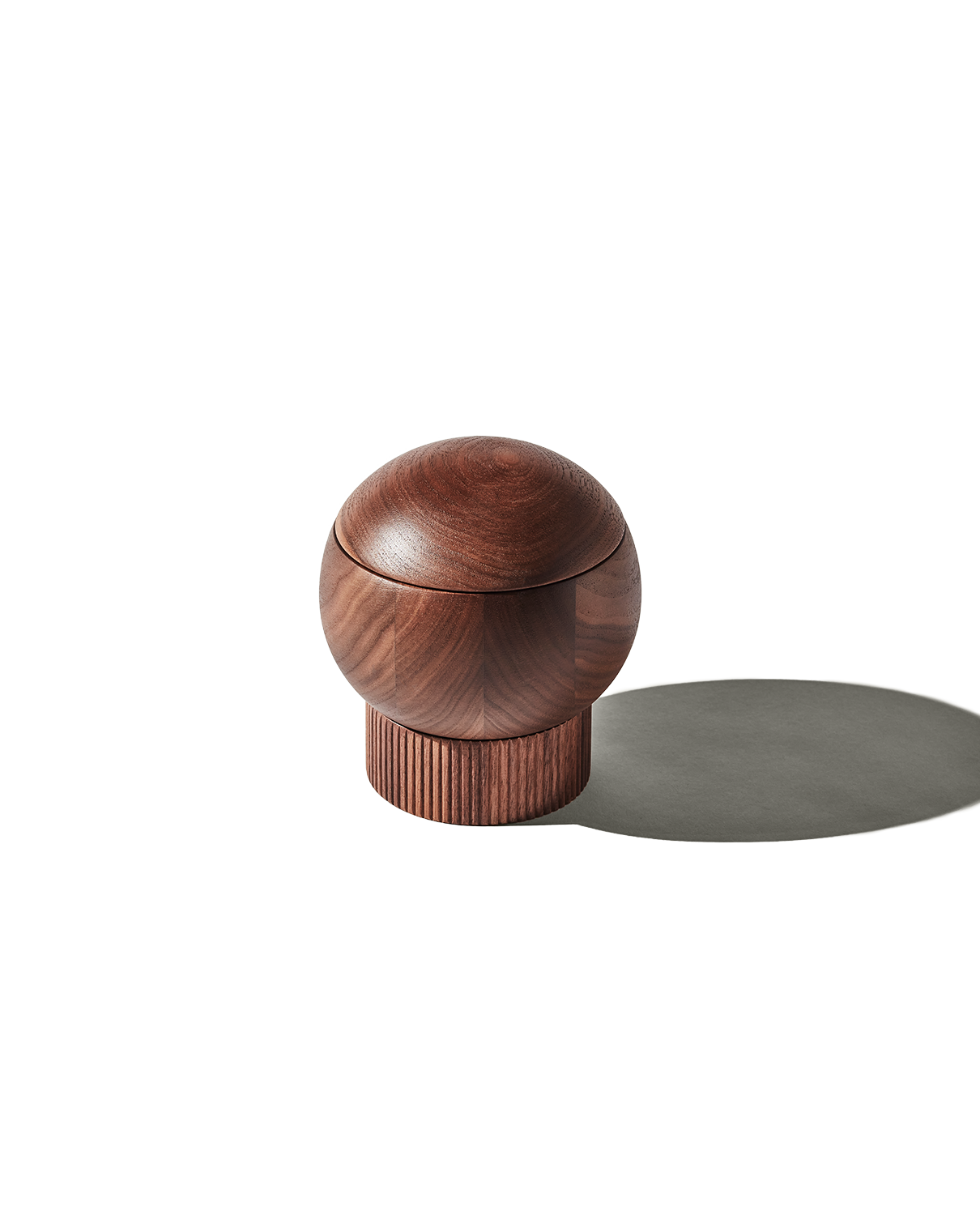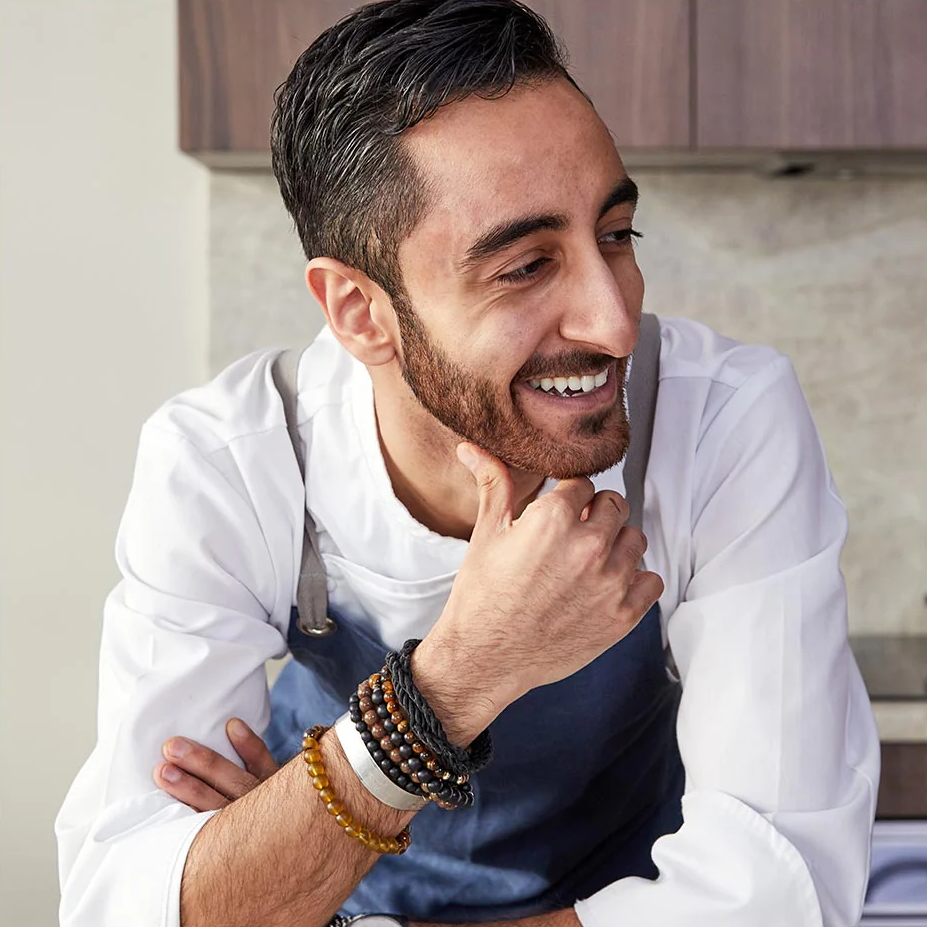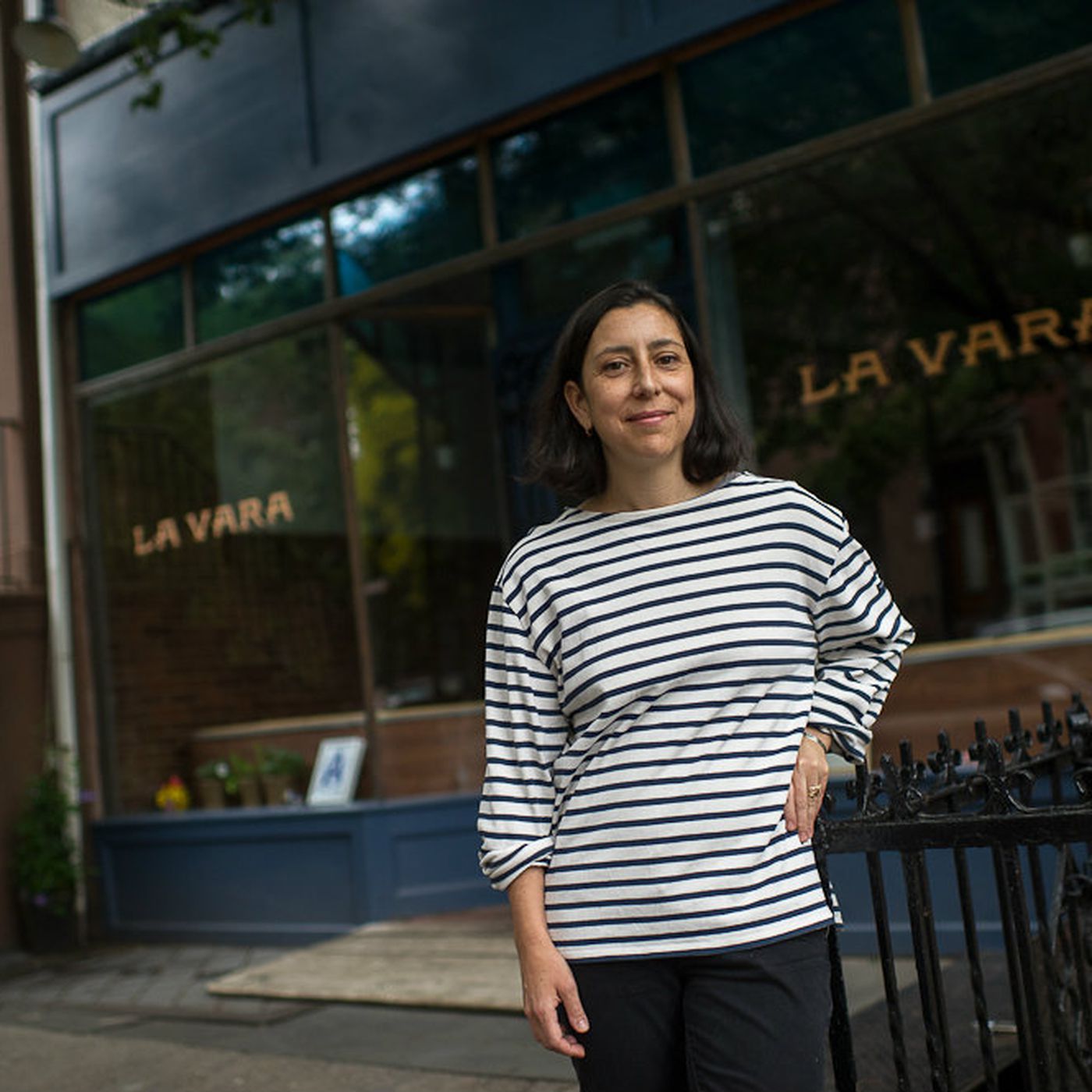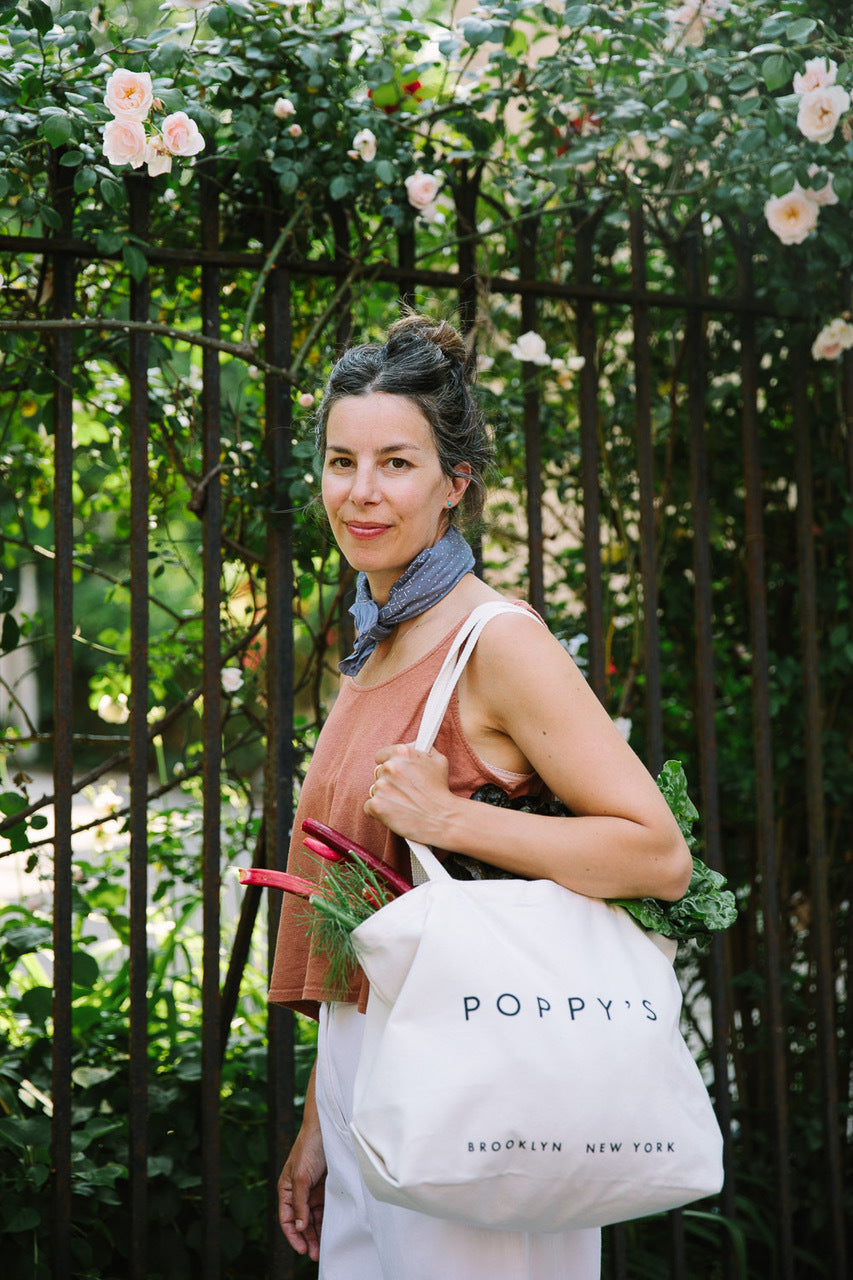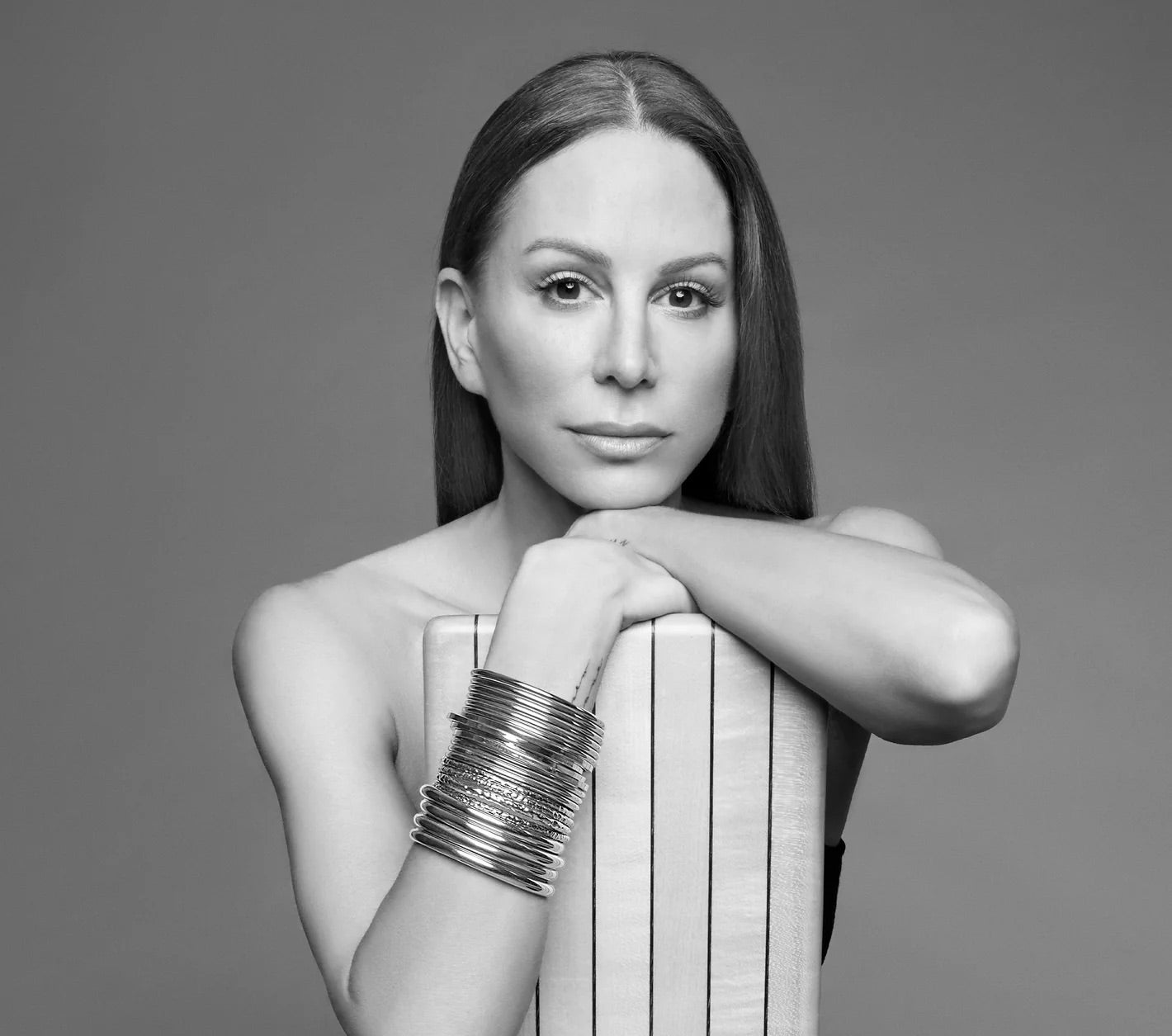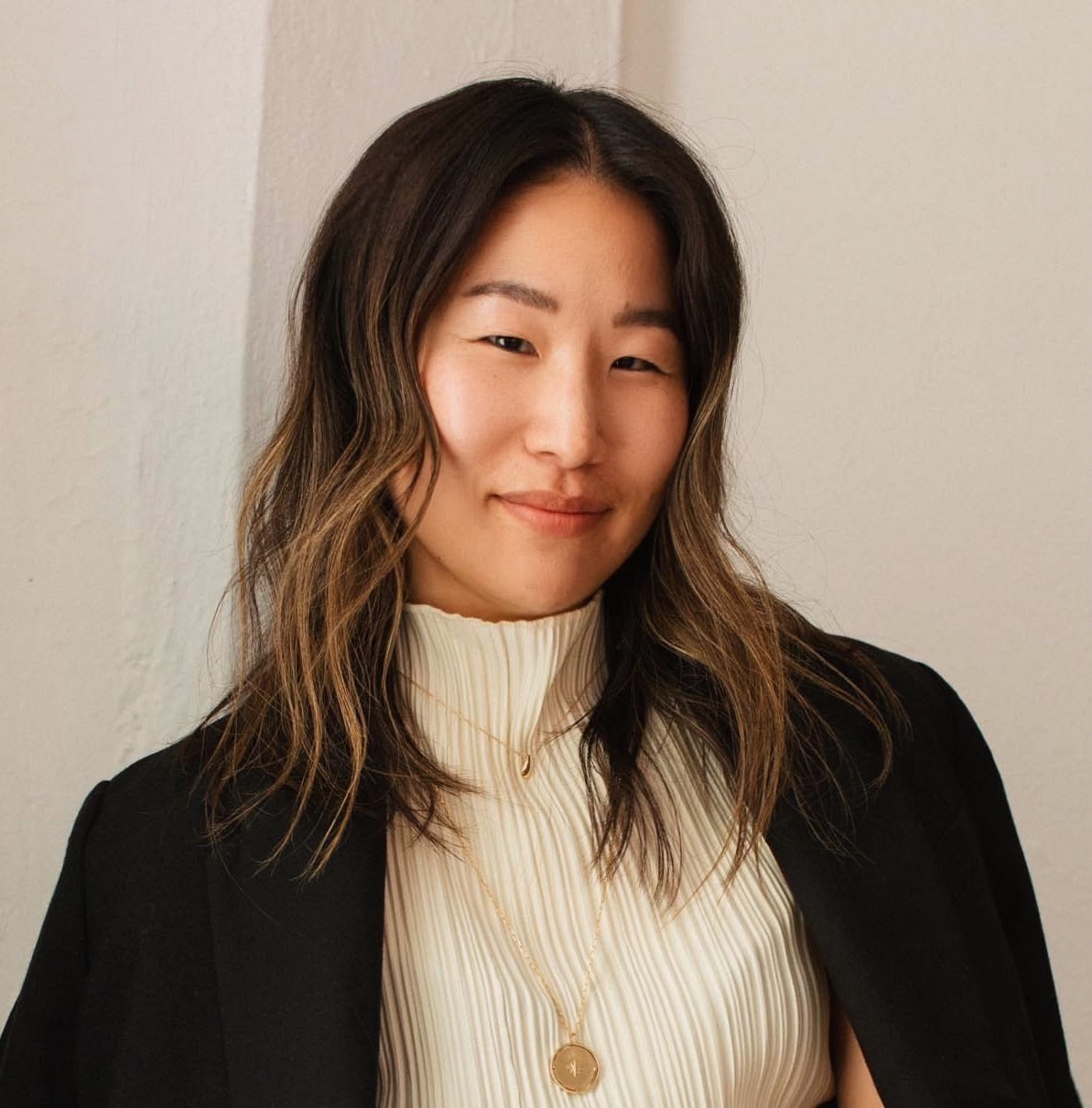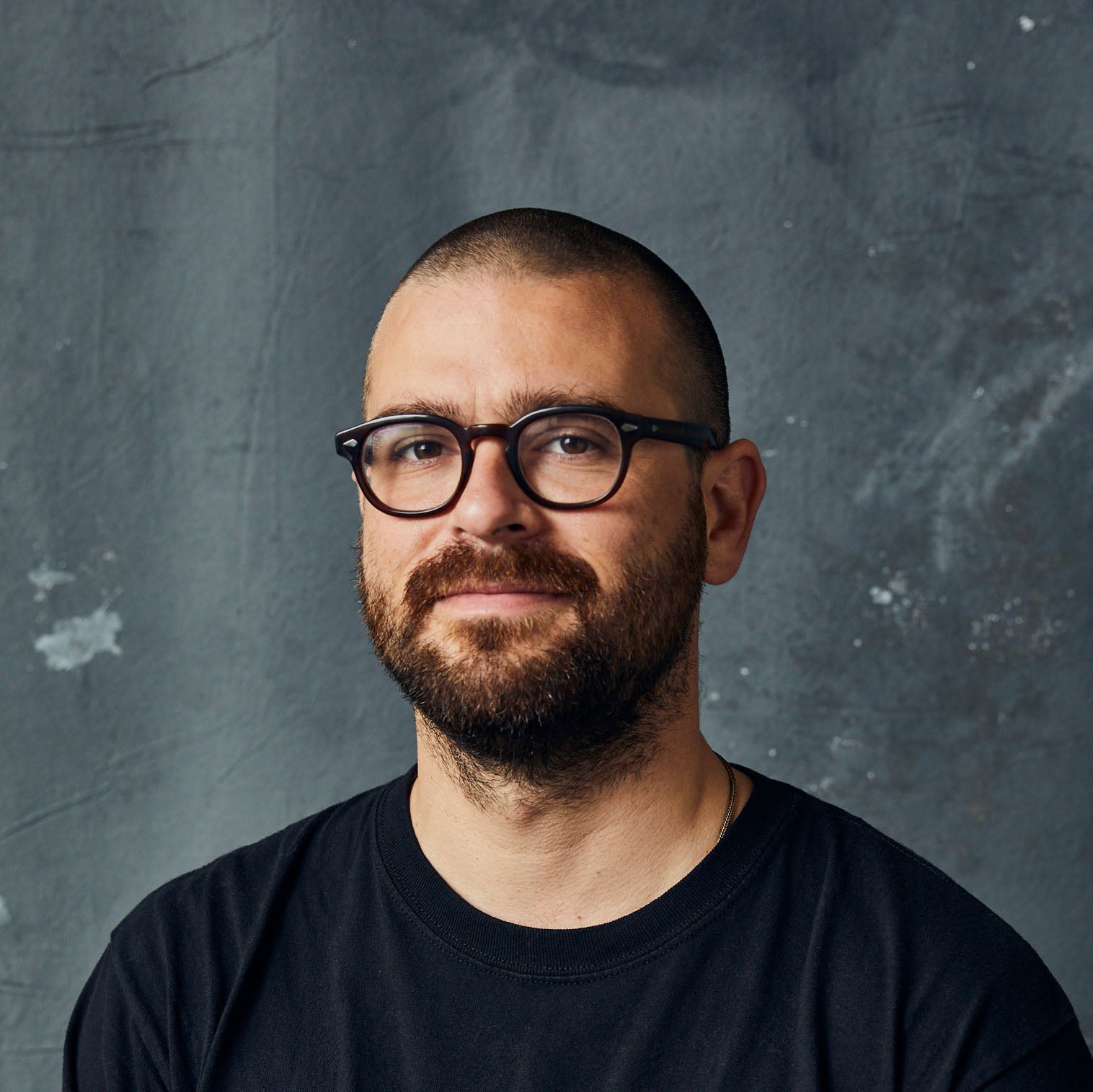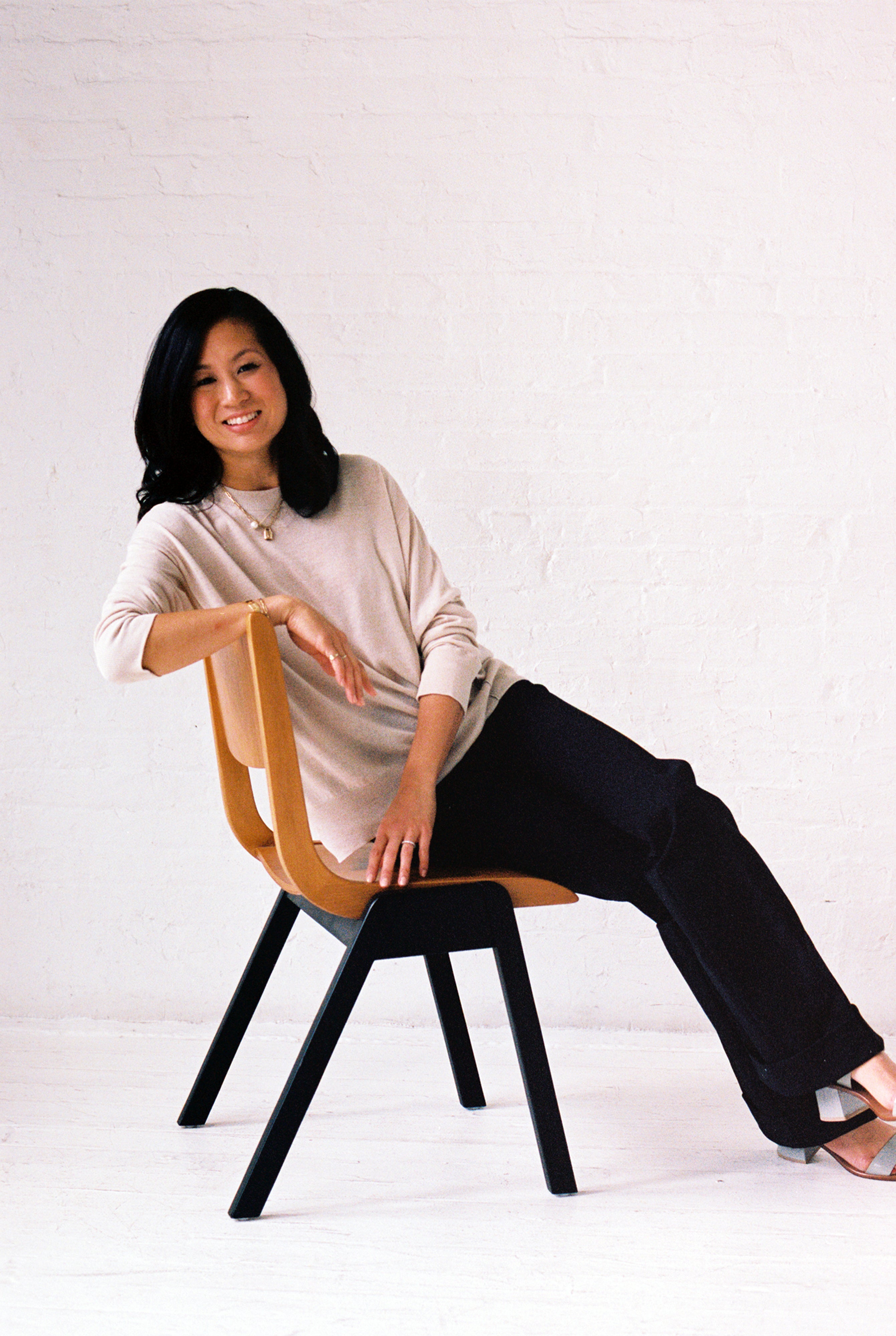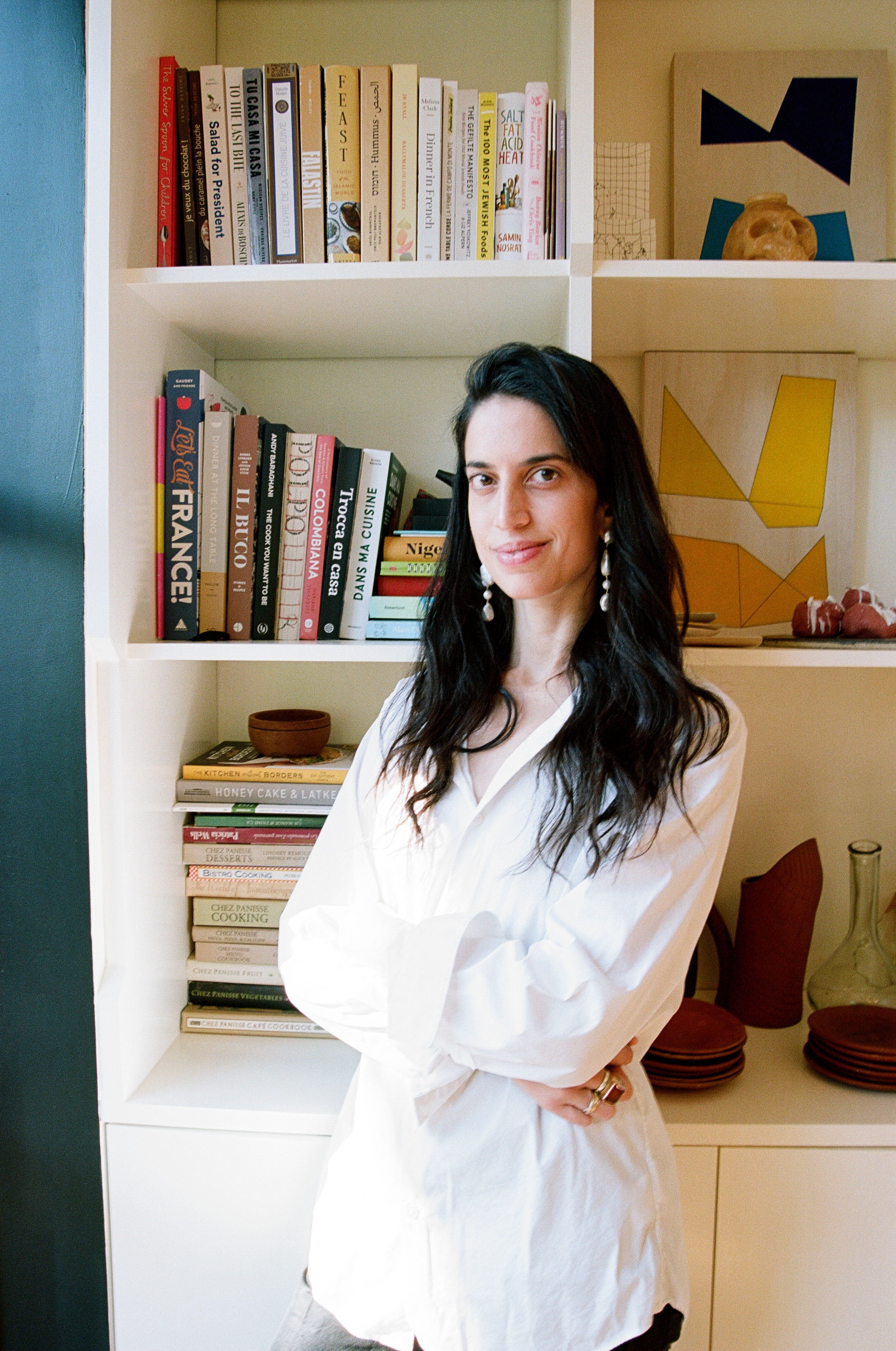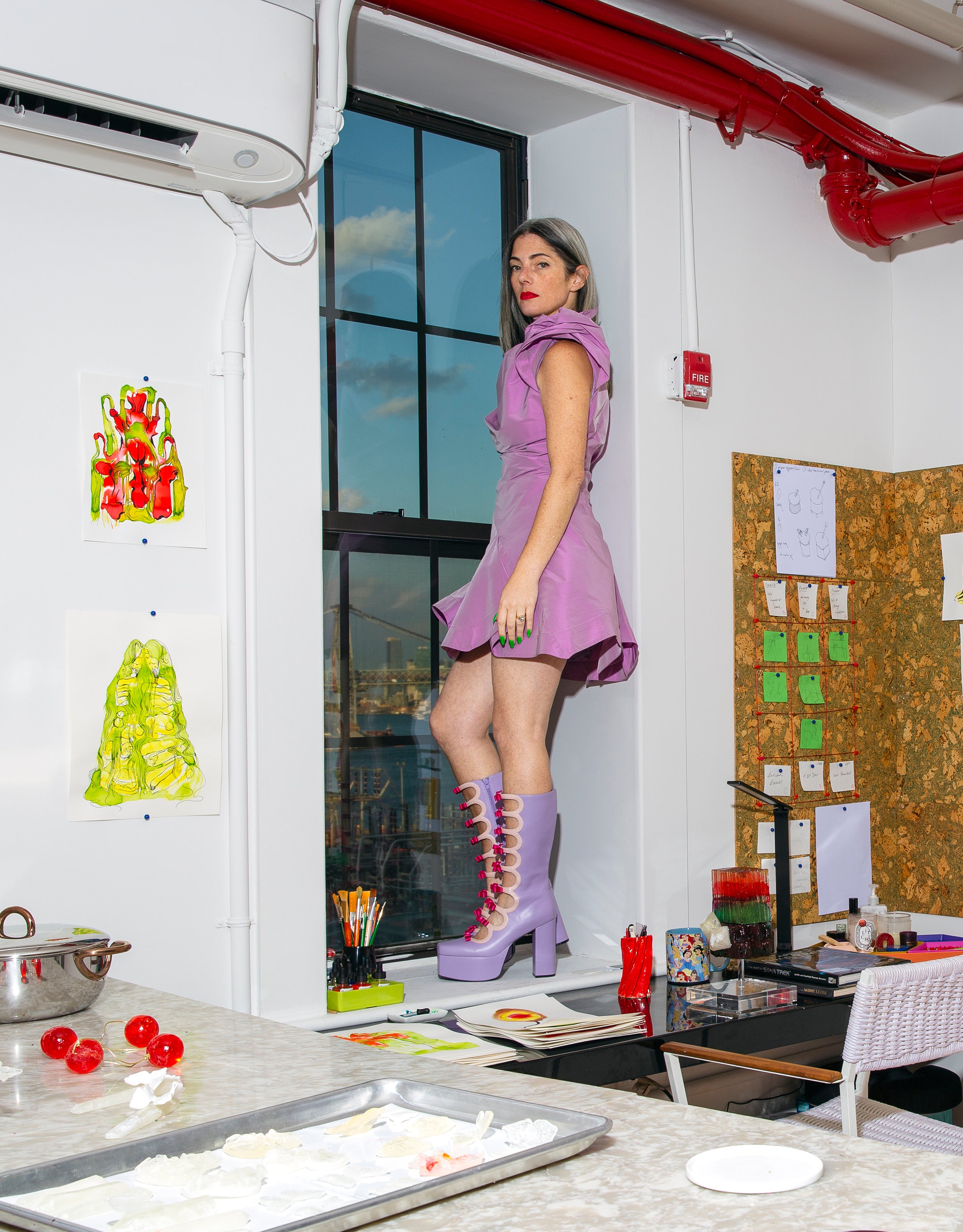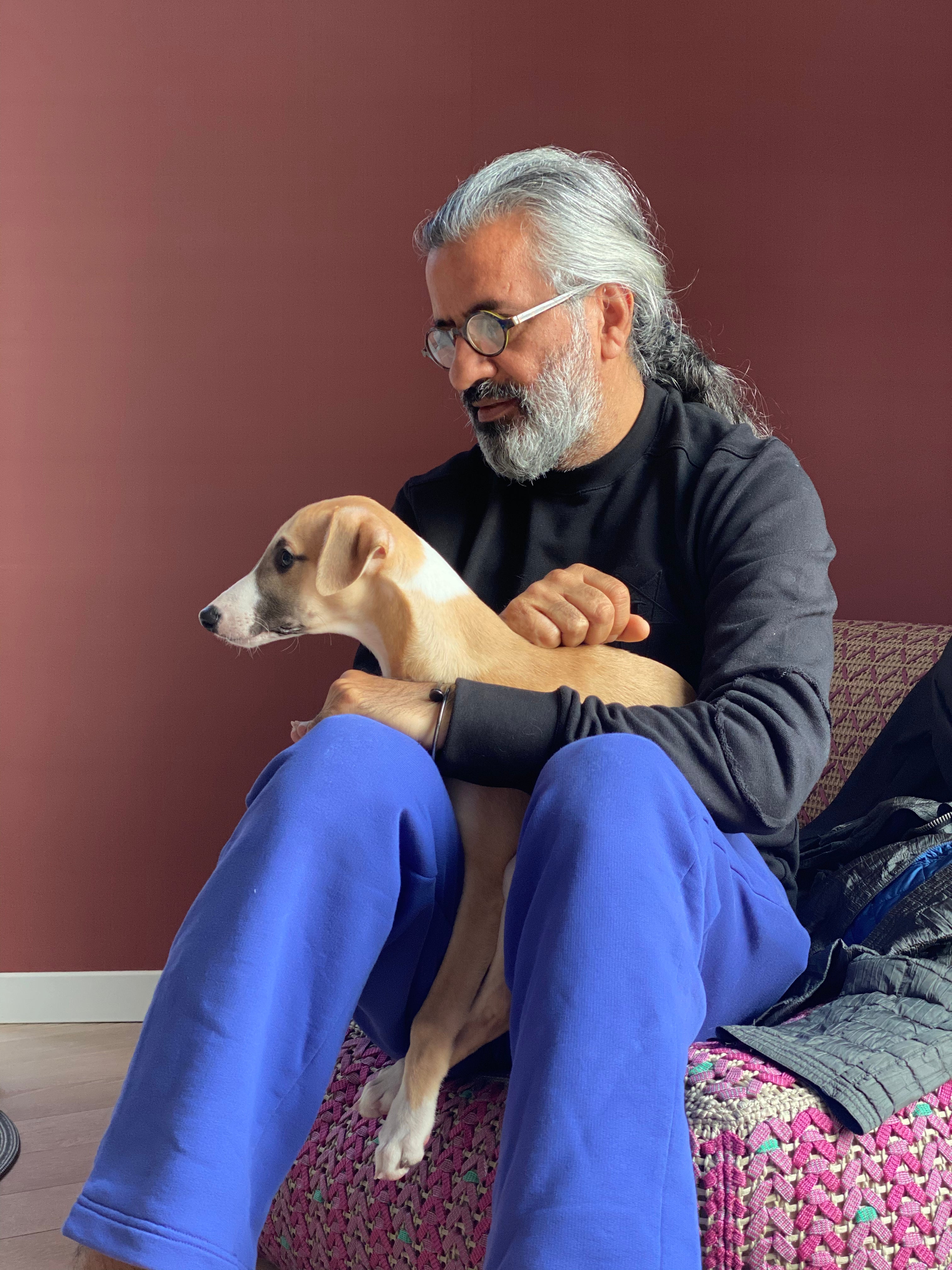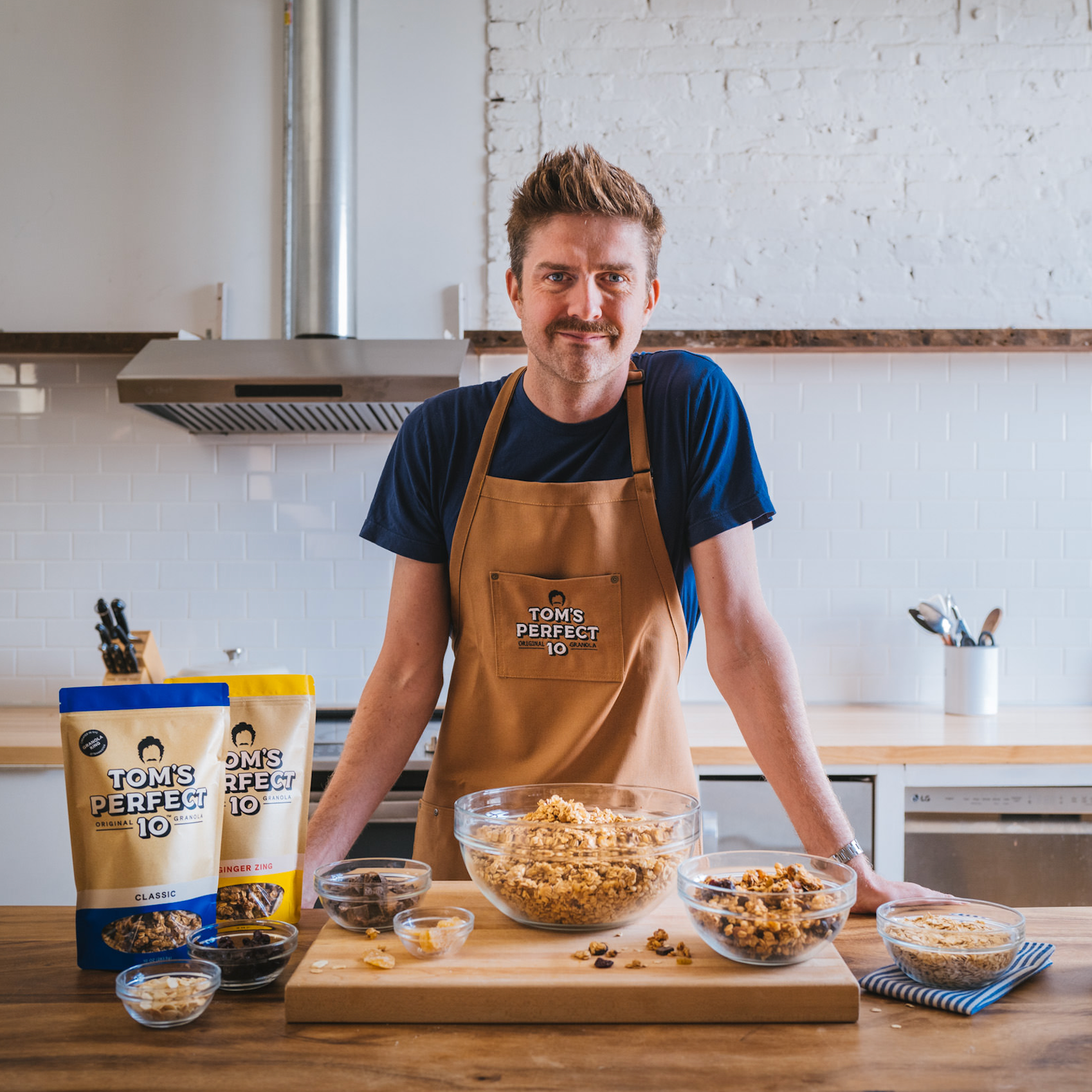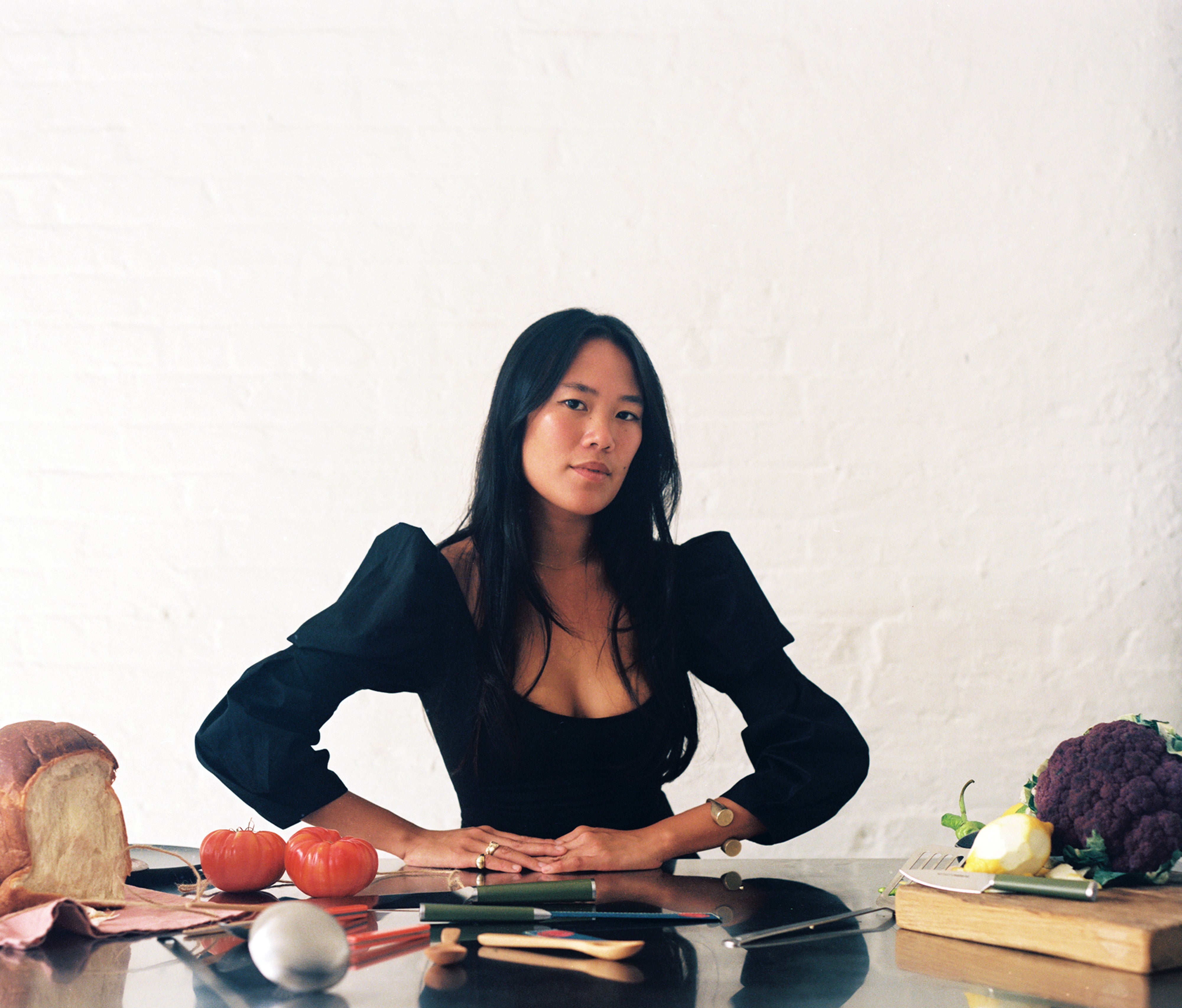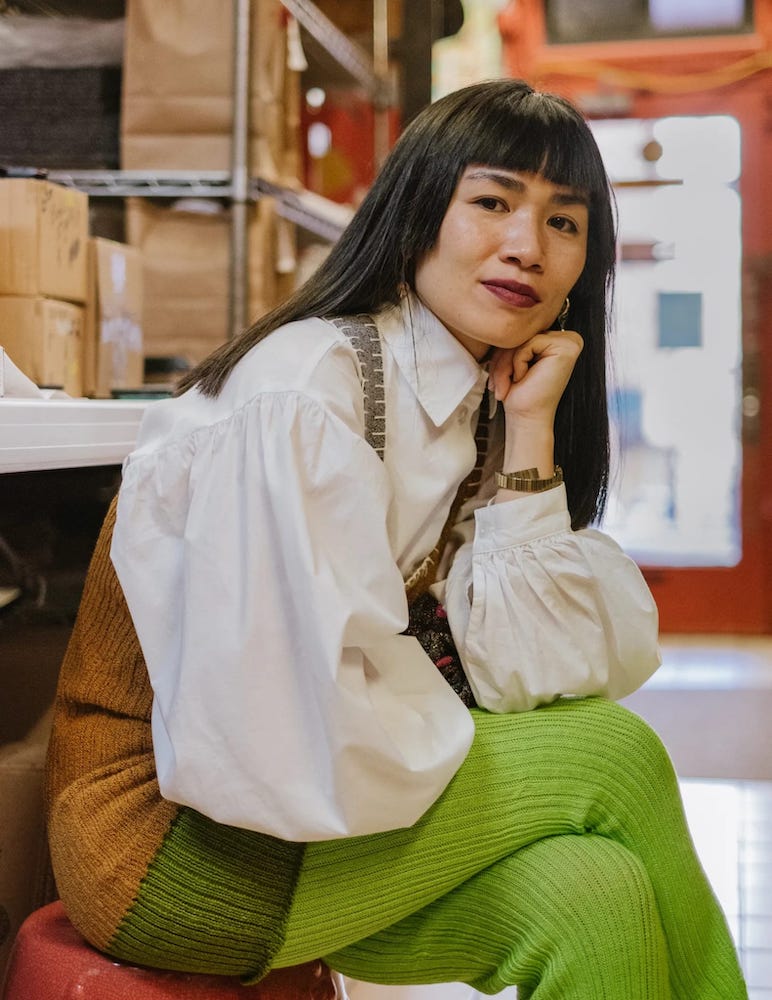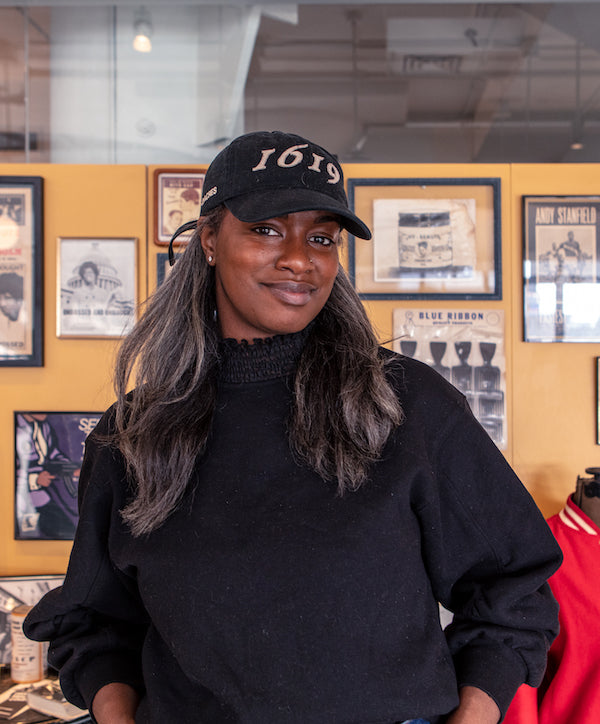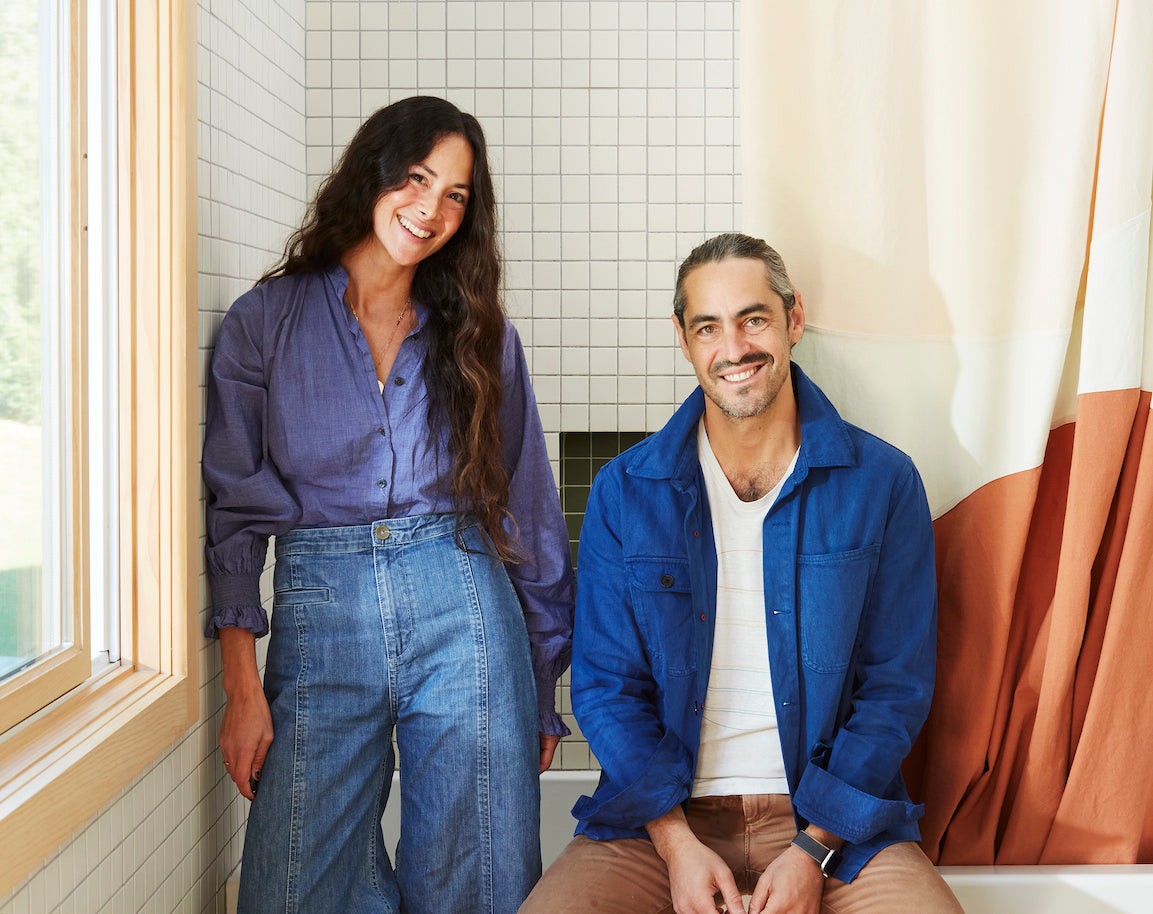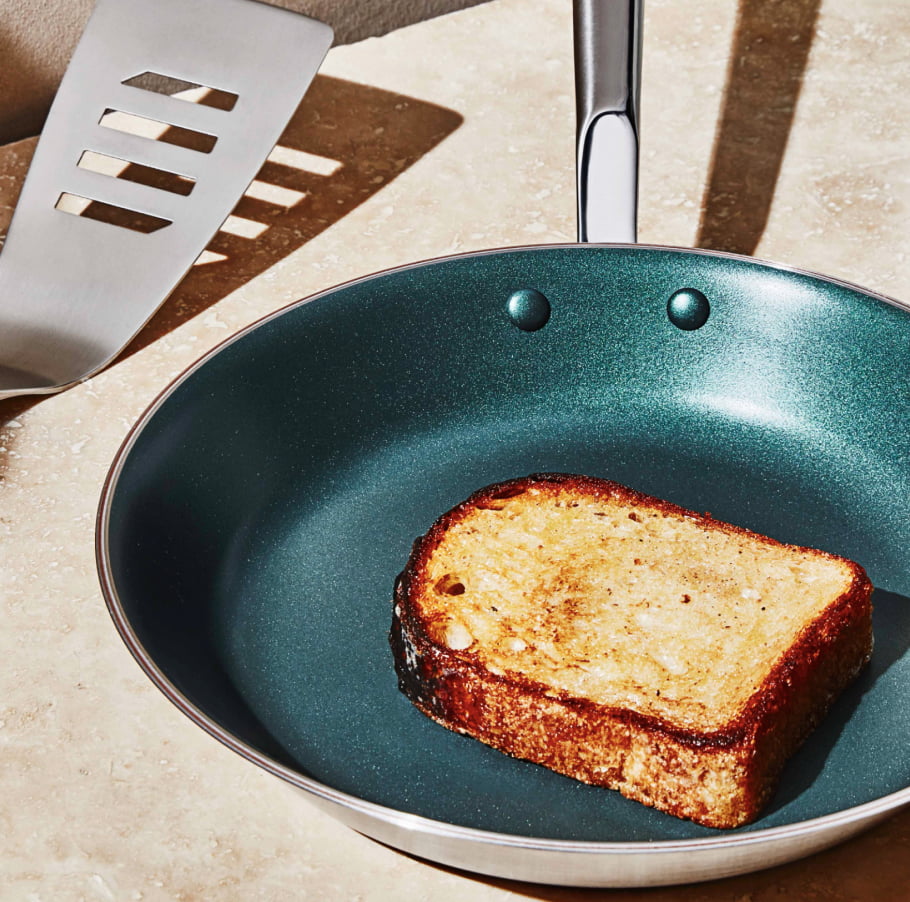What's the most important item in your home? In our series Material Object, we explore that very question, asking some of our favorite people which of their possessions connect them to their past, to their family and to themselves.
Samah Dada is a New York City-based recipe developer, food photographer, and the blogger behind "Cooking with Samah Dada" on the TODAY Show digital channel.
My parents immigrated to the United States when they were in high school. Despite them bringing their Indian roots and customs with them, it was thoroughly and completely challenging for me to believe that those roots belonged to me too.
What did belong to me though, was the feeling that I didn’t. Sure, I had friends growing up, but the puzzle never fit and it felt obvious that I didn’t look like nor was I like the other kids in school. Though I was (and am) extremely proud of my heritage, I felt a strong need to hide it in order to make my existence more palatable for the western community I was ingrained within. Mine is not a new story, it’s the immigrant one.

"The one place where I never questioned my belonging was on the dinner table. My mom’s Indian cooking provided me with a direct channel to my Indian culture and my roots."

The one place where I never questioned my belonging was on the dinner table. My mom’s Indian cooking provided me with a direct channel to my Indian culture and my roots. Dinner together, at the table, was not something you could opt-out of in my household, and we’d wait until everyone was seated at the table before scooping up fluffy basmati rice, spooning dal & vegetables, and tearing roti to pinch up vegetables with our fingers. I was always amazed by how seamlessly she would toss ingredients—especially spices into the pot, relying on nothing but her eyes and andaz (which translates to something to the effect of “your own style,” in Hindi) to conjure up beyond delicious dishes in no time.
The spices have always been held in a masala dabba - something that’s traditionally used in Indian cooking to hold spices. While many western spice cabinets might hold all spices separately, a masala dabba brings them together – a round metal container that holds smaller bowls called katori. The spices within may vary depending on region and household but some of the most common ground are cayenne, turmeric, cumin, coriander, garam masala – and whole are mustard seed, cardamom, peppercorn, cloves.
When I moved to New York and got my own apartment, I was so excited that I was at the stage in my life to have my OWN masala dabba. It was one my mom had gotten from Indian - in typical stainless steel, which she helped me fill with the spices I saw her using throughout my whole childhood. Even though I was in a tiny studio apartment, I relished the opportunity to invite friends over for dinner. Cooking is community, it’s love, it’s care – for me, it’s so much more than the end result. My masala dabba always reminds me of where I come from and provides me with the same channel of connection to my heritage that my mom first gave me.

